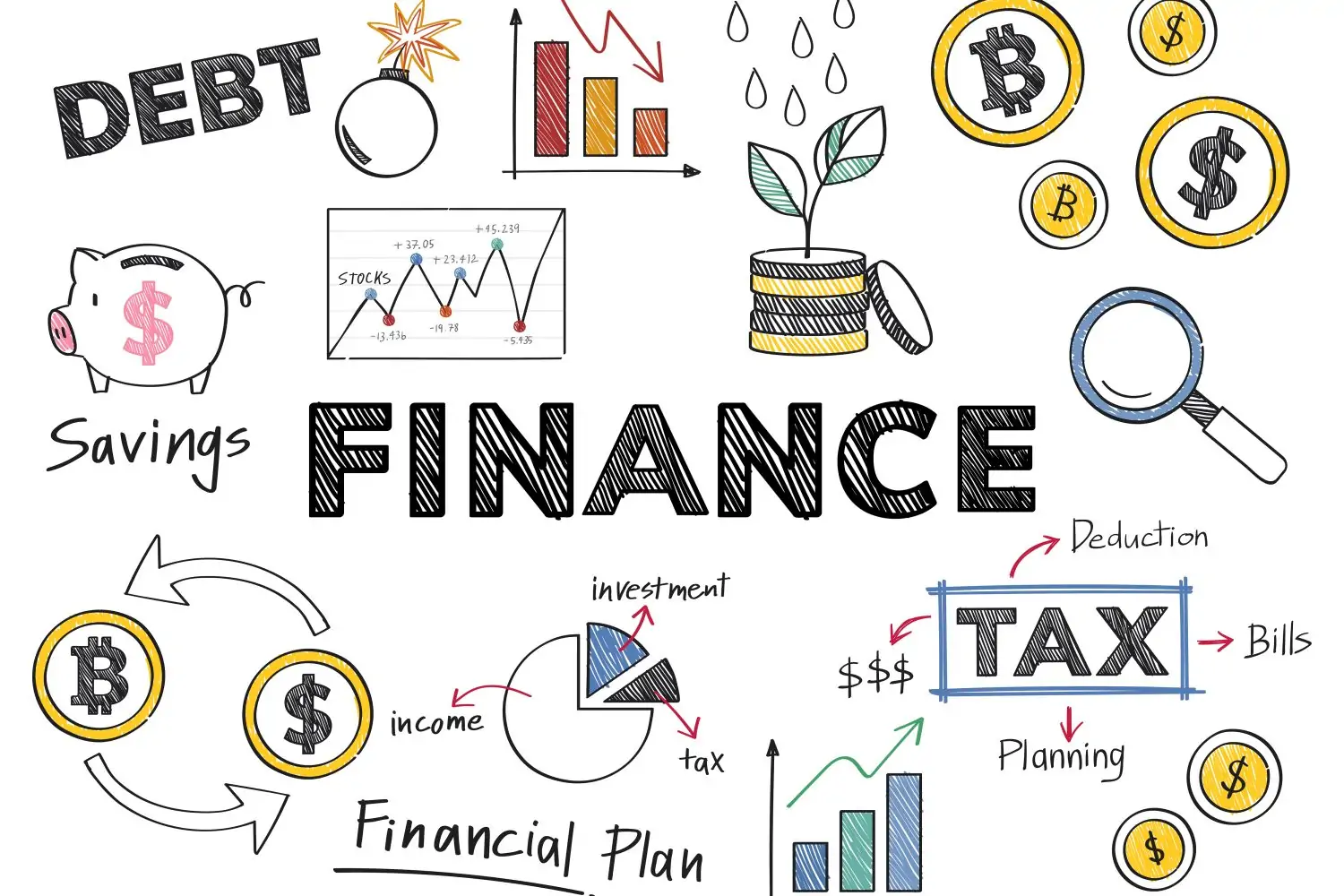As an SME owner, you know that cash flow is crucial for your business’s success. Unfortunately, there can be a substantial gap between revenue and cash flow, particularly when customers demand lengthy payment terms. Invoice financing (sales) can help bridge that gap by pledging your unpaid invoices to a bank in exchange for an immediate cash advance.
The advance amount you can receive is typically between 70% to 90% of the invoice amount. The duration of the financing will match the invoice maturity, which can be anywhere from a few weeks to several months. As the borrower, you will have to repay the advance as a lump sum. It’s important to note that invoice financing (purchase) is a separate type of facility that finances the payments of supplier invoices.
To determine whether your business is suitable for invoice financing (sales), you should consider if you have a significant amount of receivables “locked up” in your current assets. If receivables make up a high percentage of your current assets, particularly due to overly lengthy payment terms, you might run into working capital issues. In this scenario, invoice financing (sales) can help you access immediate cash flow, speed up the working capital cycle, and offer more generous payment terms.
One of the benefits of invoice financing (sales) is that the financing amount scales along with your business. As your business grows, the size of your receivables will increase, and so will the amount of financing you will be able to obtain. Invoice financing (sales) hence gives you access to a quick source of capital that automatically ramps up with your business, helping you create a positive feedback loop to spur even more growth.
It’s crucial to use invoice financing (sales) wisely, just like any financing tool. Before applying for it, SMEs should consider the risks, such as collection risk, financing against the same invoice multiple times, and careful consideration of overall borrowings. For instance, the invoice amount may cover the financing amount, but there is still the risk that your customer may be unable to settle the invoice on time, which exposes you to potential financial penalties from delayed payments or having to cover the full amount yourself.
To make the most of invoice financing (sales), it’s important to understand the relevant terminology. The financing amount is usually expressed as a percentage of the invoice value, typically between 70% to 90%. The financing tenure is the duration before the financing amount must be repaid, and there is often an upfront fee upon successful application. The disbursement period varies from bank to bank.
When applying for invoice financing (sales), the process should be quick and easy. SME Global Funding can assist you in the application process. You can drop a message here to discuss your trade financing needs and apply for a credit facility. Once you’ve successfully applied, you can submit your invoices and supporting documents online. Upon successful drawdown, your funds will be credited to your account within five working days, and you will receive an instant notification. You will have to repay the financing amount on the maturity date. In conclusion, invoice financing (sales) can be an ideal financing solution for SMEs with working capital issues. To use it wisely, SMEs must consider the risks, understand the key terms, and apply through a trusted loan broker such as SME Global Funding. We can help you access the financing you need to grow your business, so contact us today to learn more.
